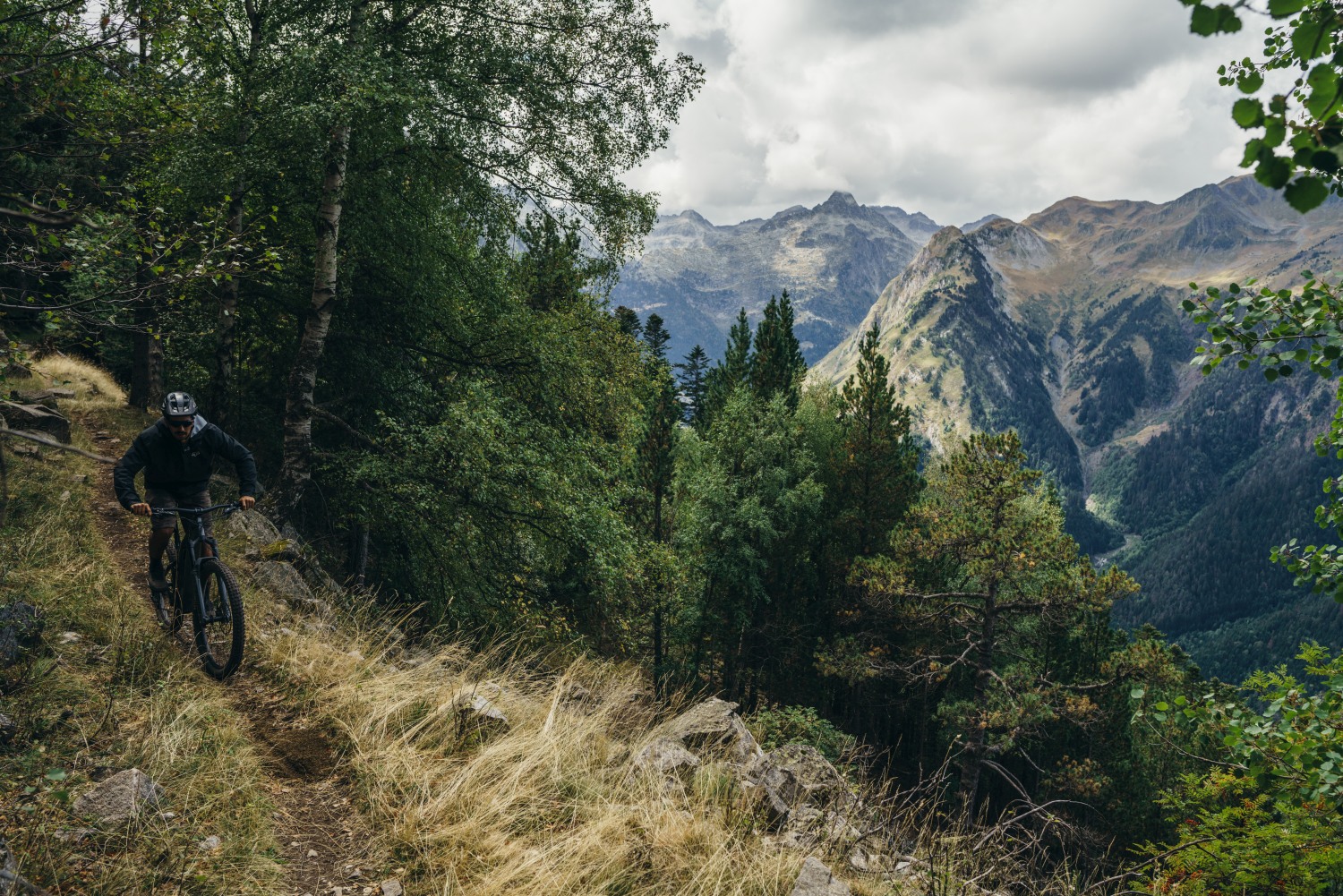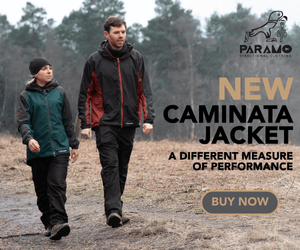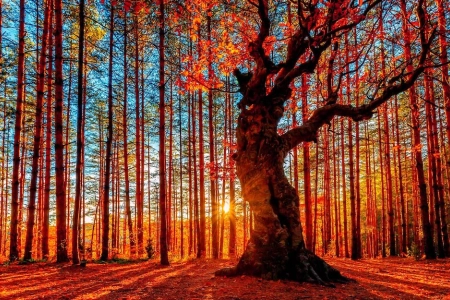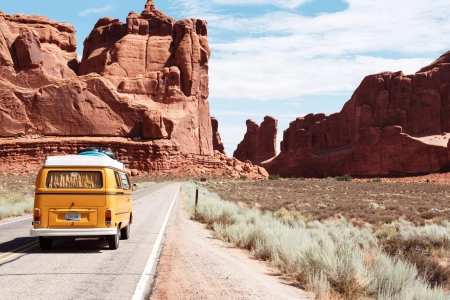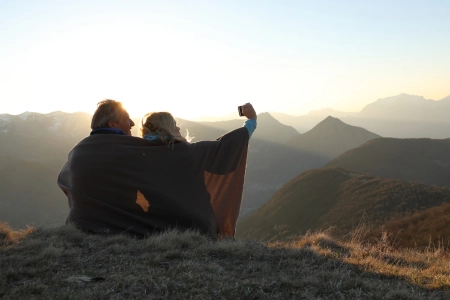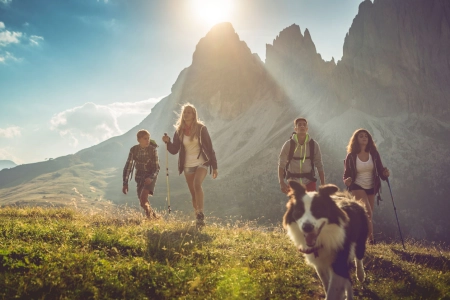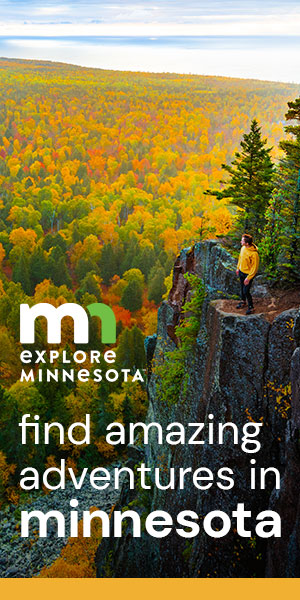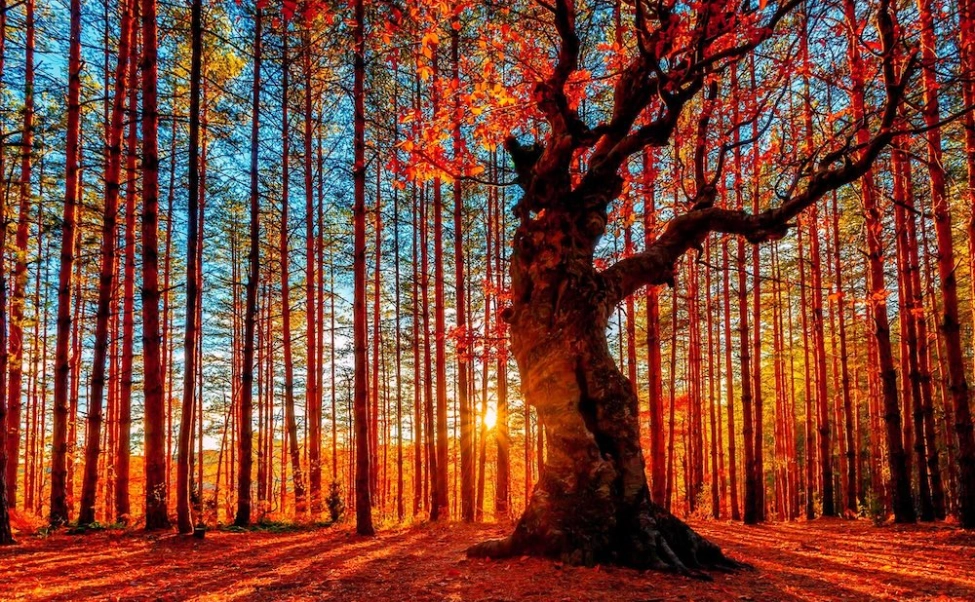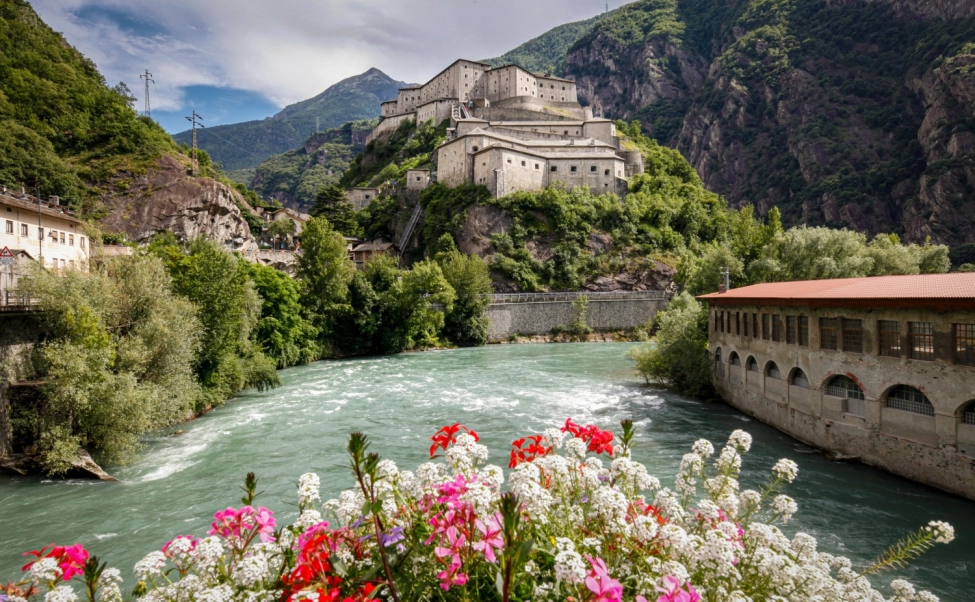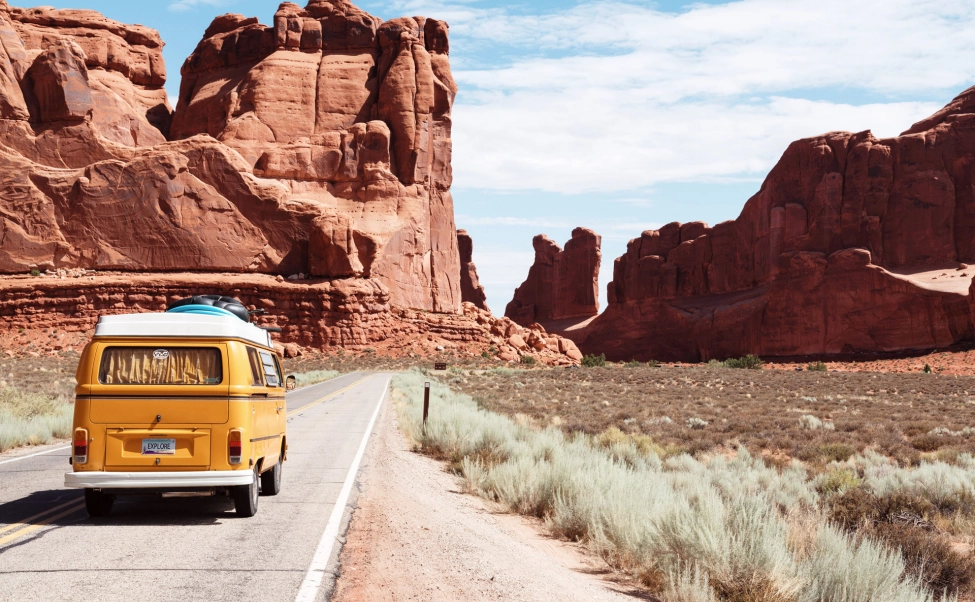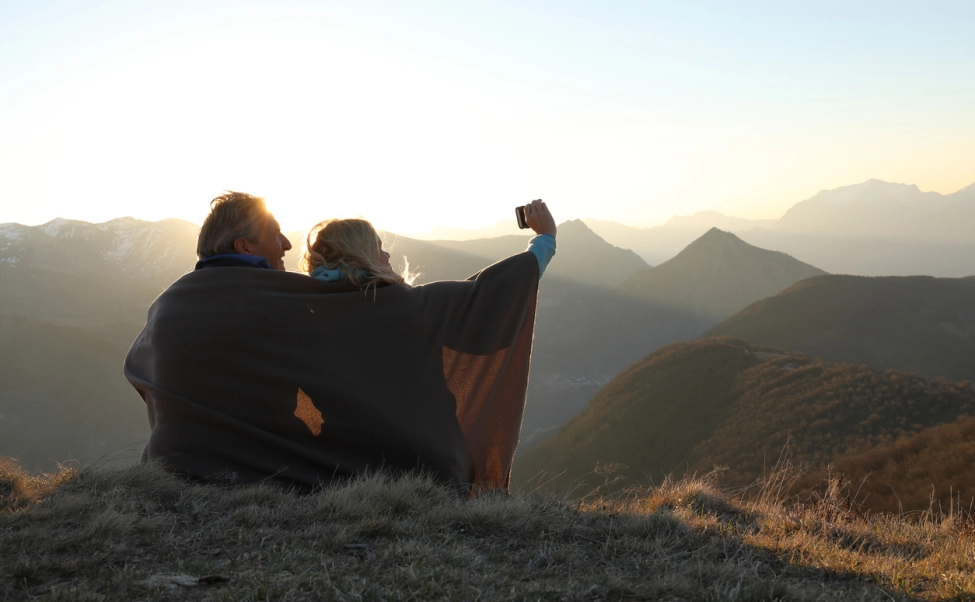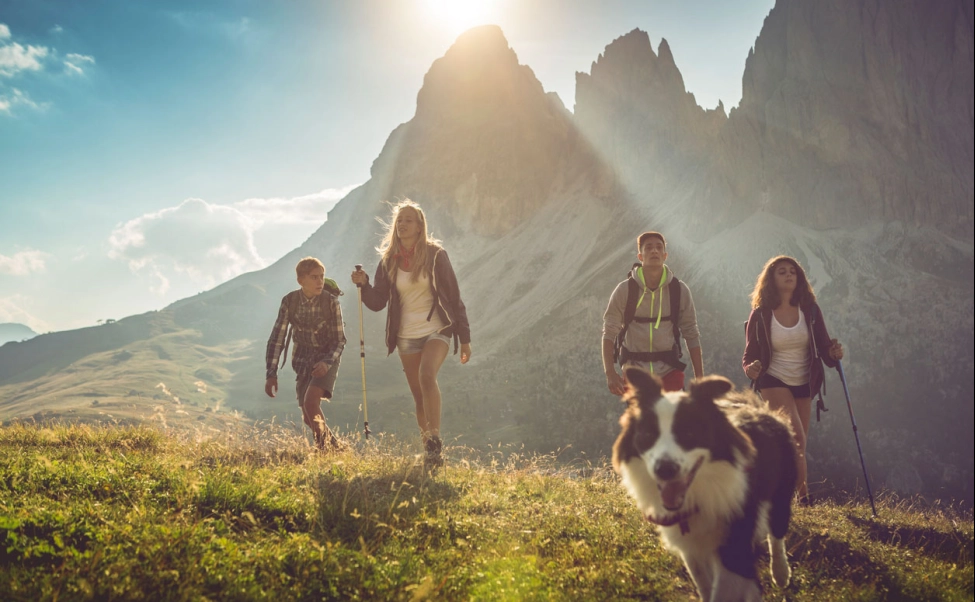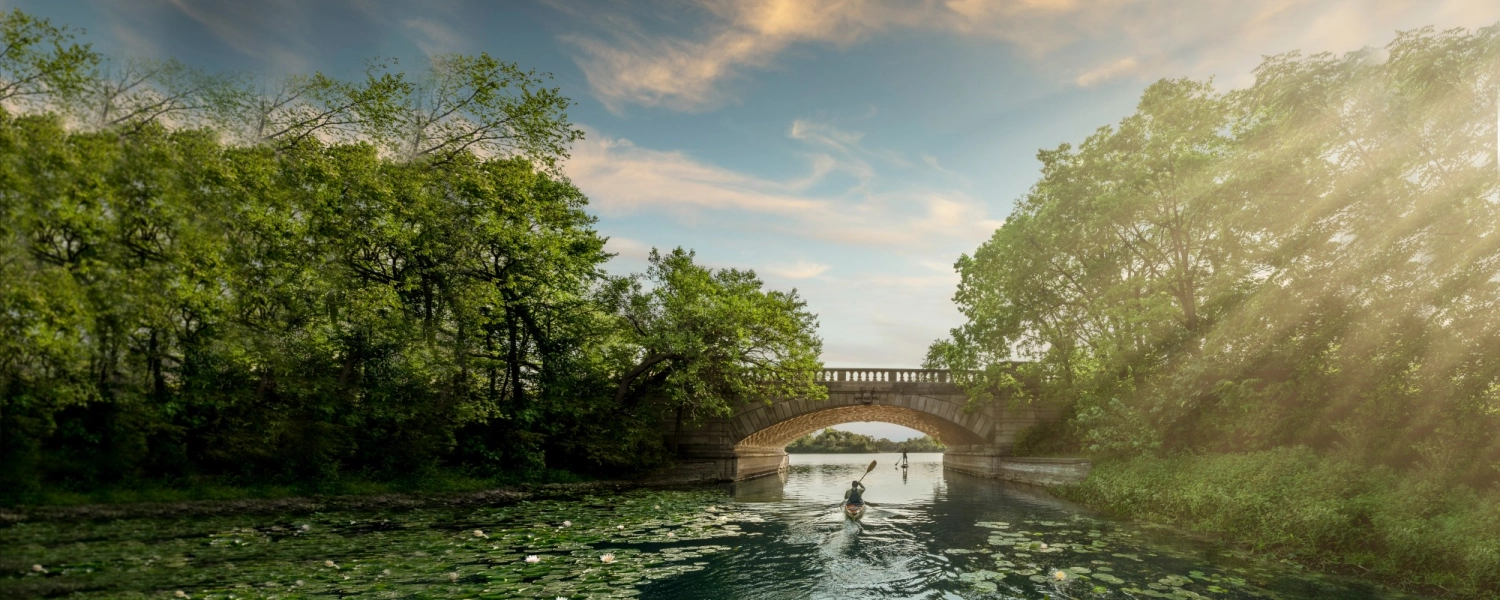- Details
- Written by: Callum Jelley
This is the first time I’ve put on shoes since May,” I think to myself as I squeeze my stretched-out sandal feet into a pair of Vans. It’s early September, and Europe’s summer tourists are slowly heading back to their homes, jobs, and schools, abandoning the beach until next year. I’m also leaving my beachside home in the south of Spain. But instead of heading back to regular life, I’m off in search of adventure in the mountains.
For many Brits, Barcelona is synonymous with city breaks. The Catalan capital’s wealth of art and architecture, combined with its incredible cuisine, attracts hundreds of thousands of visitors each year. What fewer people know is that Barcelona is also a brilliant jumping off point for a mountain bike trip. It’s only a stone’s throw away from the Pyrenees, the mighty range which straddles the border between Spain and France, and these peaks and valleys are absolutely littered with mountain bike trails.
You can find amazing riding everywhere in the Pyrenees, but we’re heading first to the Val d’Aran, a valley at the very top of Catalunya. This area was given governance over its own land and produce by King James 2nd of Aragon in 1313, in return for pledging allegiance to him, and it retains a degree of autonomy to this day, along with its own language, Aranés. Our guide, Francesc Comas, or Cesc, as he’s affectionately known in the valley, originally comes from the Catalan coast but has spent over half his life in the Val d’Aran and is a fount of knowledge on the region. He’s an former-pro ski racer, a keen mountain biker, an impressively knowledgeable local historian, and an expert in the flora and fauna of the valley. He’s also perhaps the fastest van driver in the Val d´Aran.

After making record time from Barcelona airport to Vielha (normally a four hour drive, that Cesc does in just over three) he drops me at the top of the valley with a bike. “I’ll see you in the town centre for a beer,” Cesc says, and then speeds off. The trail is a perfect warm up for the weekend ahead—a fast, straight fall line, winding like a bobsled track down into town. It has been a hot minute since I last rode a mountain bike anywhere and it’s great to feel that pumping rush of adrenaline again.
“We’re confronted by a man balanced on 29 empty crates of Coca-Cola.”
I arrive in the town square to the strange sight of a man balanced on 29 empty crates of Coca-Cola. He’s surrounded by a cheering mass of people clamouring for him to add another one to the pile. This is one of the best things about Spain: each little village has its own fiesta, with its own wild traditions. Some last just a few days, others go on for weeks, but they always involve a lot of eating, drinking, dancing and—more often than not—a crazy challenge like this one.
Sorted for E’s and whizz
I’m still transfixed by the high-stakes game of human Jenga when my friend Ricky Grimal arrives. One of Spain’s best trail builders and a brilliant rider in his own right, he’ll be my wingman for the trip. Having seen enough, we leave the man to his wobbling tower, and sit down for a classic Catalan dinner of canelones and butifarra, a type of local sausage, to catch up and talk through the plan for the next few days.
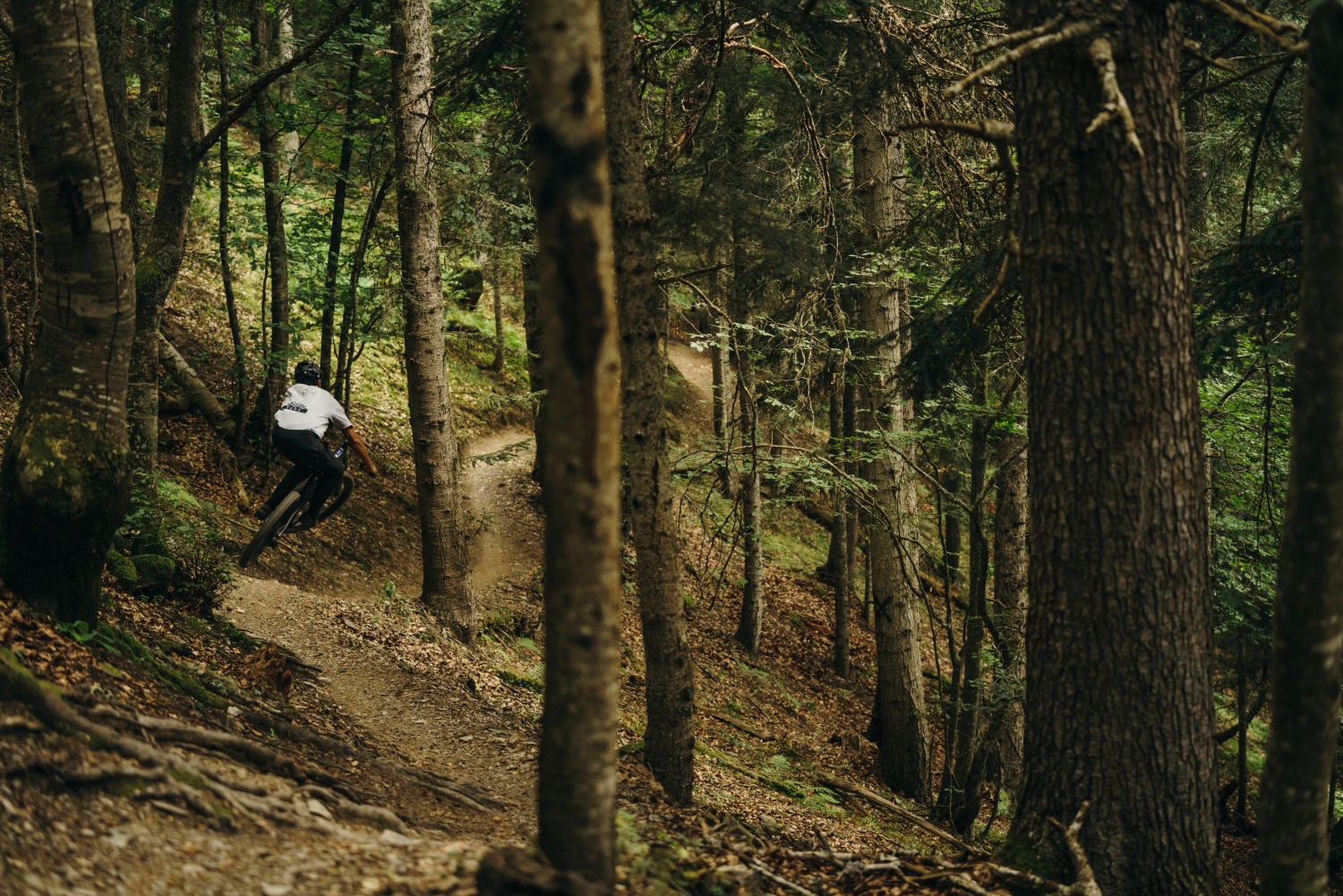
We’ve already decided we’ll be using electric mountain bikes to explore the area—a controversial choice for some perhaps, but although I started out as an e-bike sceptic, I’ve long since come round to their benefits. Technical climbs that would hurt on an ‘acoustic’ bike can be made as easy or as challenging as you like on an electric. You can fly up the hill chatting away in turbo mode or work harder, and conserve your battery in eco mode.
When it comes to the fun part—descending—modern e-bikes feel very similar to downhill bikes. They have a low centre of gravity, with the battery weight set low in the frame, which gives you tons of grip and stability. Fast corners, jumps and drops don’t feel that different to how they would on a normal bike. Once you add in the amount of terrain you can cover in a short time it’s the perfect bike choice for a long weekend like this.
One disadvantage of e-Bikes however, is they’re much heavier to get on and off a car. But fuelled by strong Catalan coffee, we manage it the following morning, and we’re soon flying up the road at Cesc speed to the Val d’Aran bike park. With a wide selection of green, blue, red, and black trails, the park can be enjoyed by all levels of rider. Soon, we’re hurtling through the forest of firs, beech, pine and vivid green moss so fast it all blurs into one. We spend the morning trying to ride as many trails as possible, until, with our hands sore from the vibrations and our stomachs grumbling, we decide to stop for lunch.
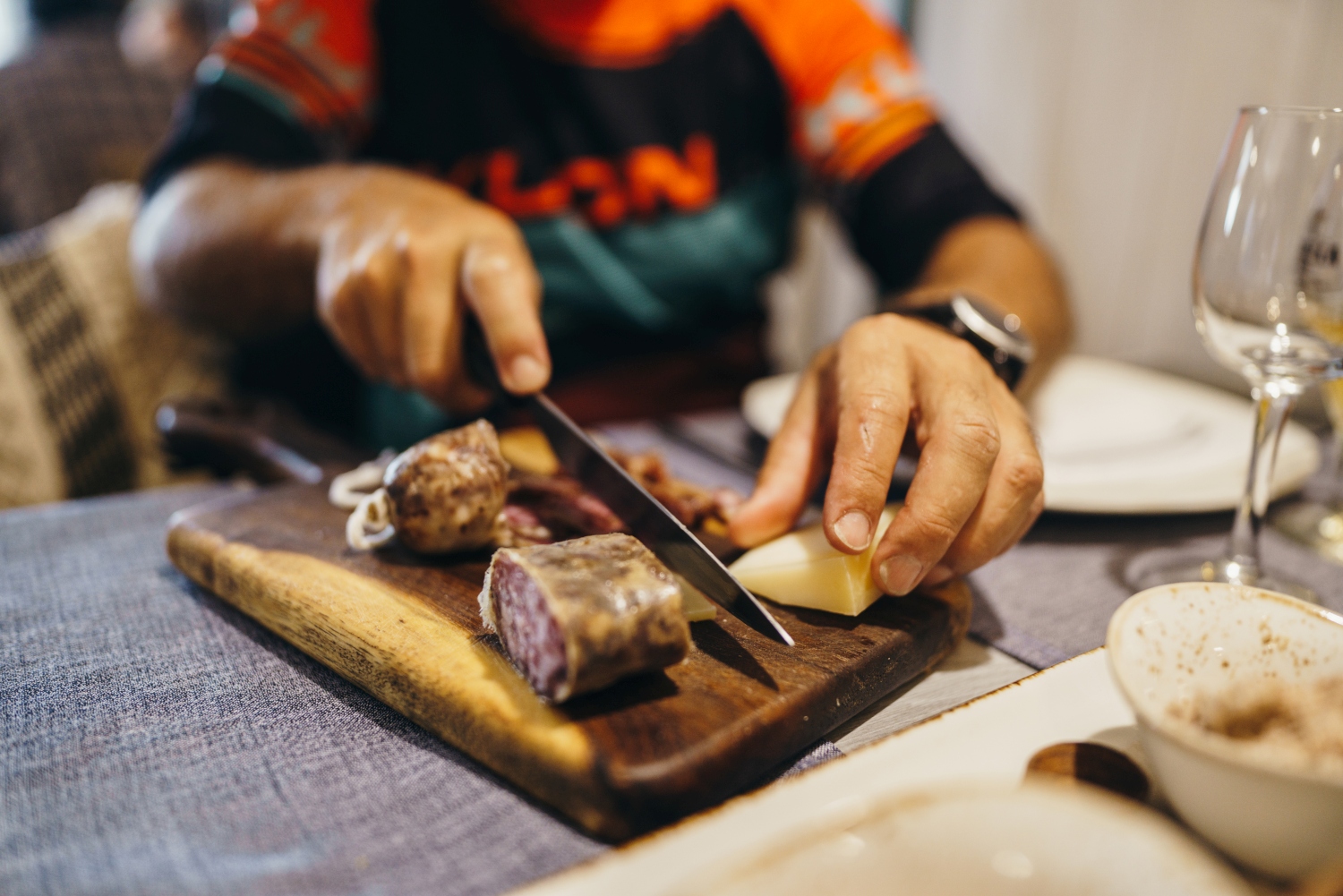
Trastienda Bossòst is a beautiful little spot adorned with signs from the nearby ski hills. After sampling both their local delicacies and their local beer, Ricky and I feel in need of a siesta. But there’s no time for that, as Cesc drives us back up the mountain at breakneck speed for round two. The afternoon’s ride begins in Arres Dessus, a small hamlet below the Mina Victoria, a mine that was extracting 80 tons of zinc a day at the height of the industrial revolution. The trail circles the mountain, passing old tunnel entrances and the ruins of the houses where 100 to 150 miners would take it in turns to sleep, in shifts. “The mine itself never stopped,” Cesc tells us. “It ran 365 days a year, day and night”—a fact that helps us put our desire for a post-lunch snooze into perspective.
The mine trail is an epic stretch of singletrack, and we flow along with the contours of the mountain, past spectacular views and precipitous drops, before descending through the lowering afternoon light. Somehow, we still have time and energy to squeeze in a couple of runs through the Era Tuca bike park, situated right in Vielha town itself. It consists of three different lines of jumps and berms suited to all levels. It’s a fun way to end a huge day on the bikes—the kind of day that would probably have been unimaginable before the invention of electric pedal assistance.
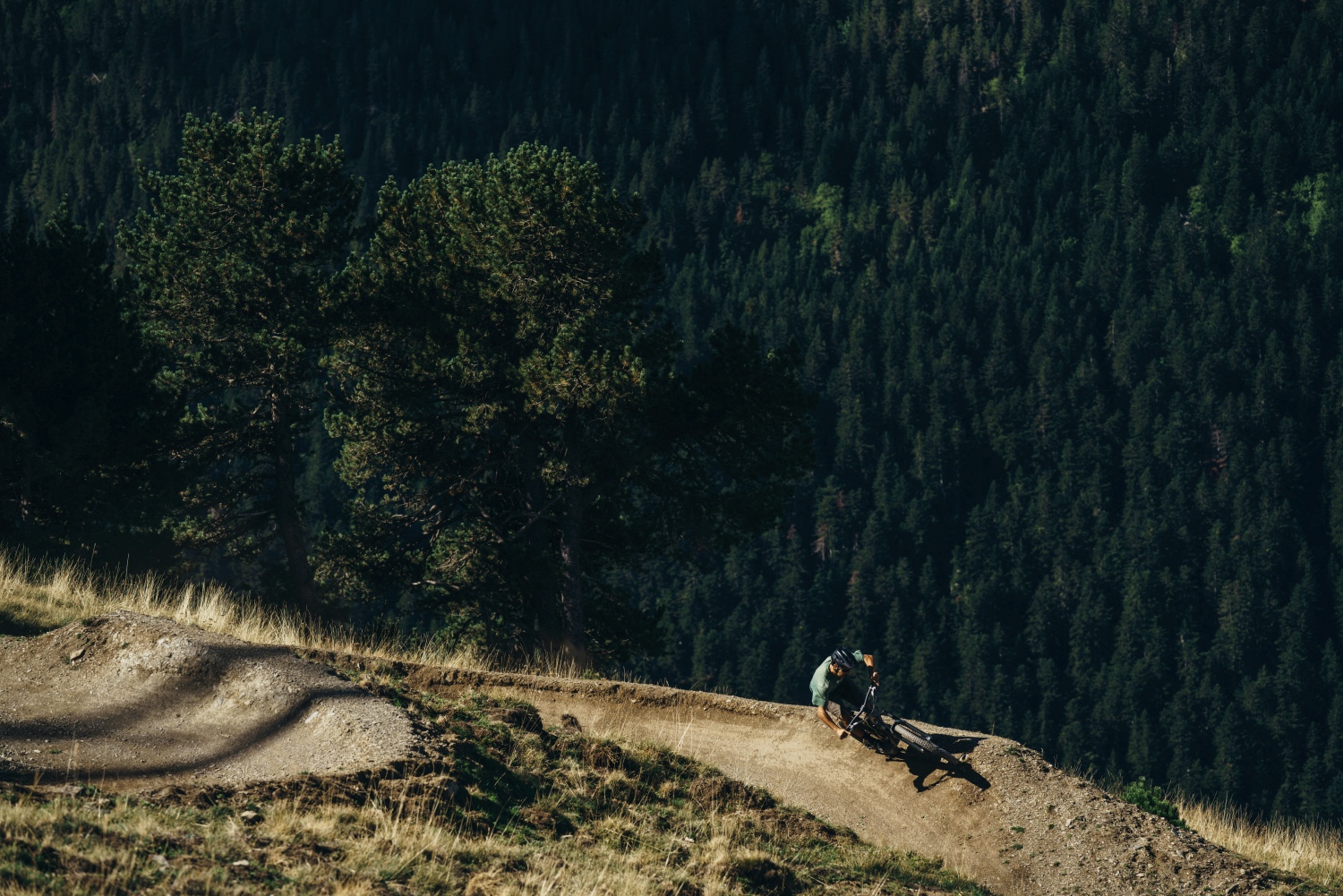
Reaching new highs
On day two, we head from Vielha to Baqueira, one of the most famous ski resorts in Spain. In winter, the area is known for its world class off-piste terrain and it often hosts a stop of the Freeride World Tour. In summer, it’s transformed into a haven for hikers and mountain bikers. Cesc tells us that during the Second World War, the area was unofficially ceded to occupied France—General Franco gave the Nazis free rein to re-capture people who’d arrived here believing that they’d escaped to neutral Spain. These days, the only Germans are the welcome tourists refreshing themselves outside the village’s upmarket champagne bars, and the area’s main occupants seem to be shepherds driving their flocks into the hills.
We start off the day with a lap through Baqueira’s excellent mountain bike park, before driving up the Valle de Aiguamòg to the Circo de Colomers. Surrounded by 2,500m peaks, this glacial valley feels so much like Canada I can almost imagine grizzlies roaming its slopes. In fact, there are bears in this part of the world—albeit the grizzly’s smaller, European cousins—but we’re not lucky enough to see one. We do catch a glimpse of marmots on our pedal up, however, as well as the far-off peak of Aneto, the highest in the Pyrenees, at 3,404m. The descent, a long, winding singletrack trail which leads us through alpine meadows, forests, tunnels, and mountain villages, is as stunning as the views.
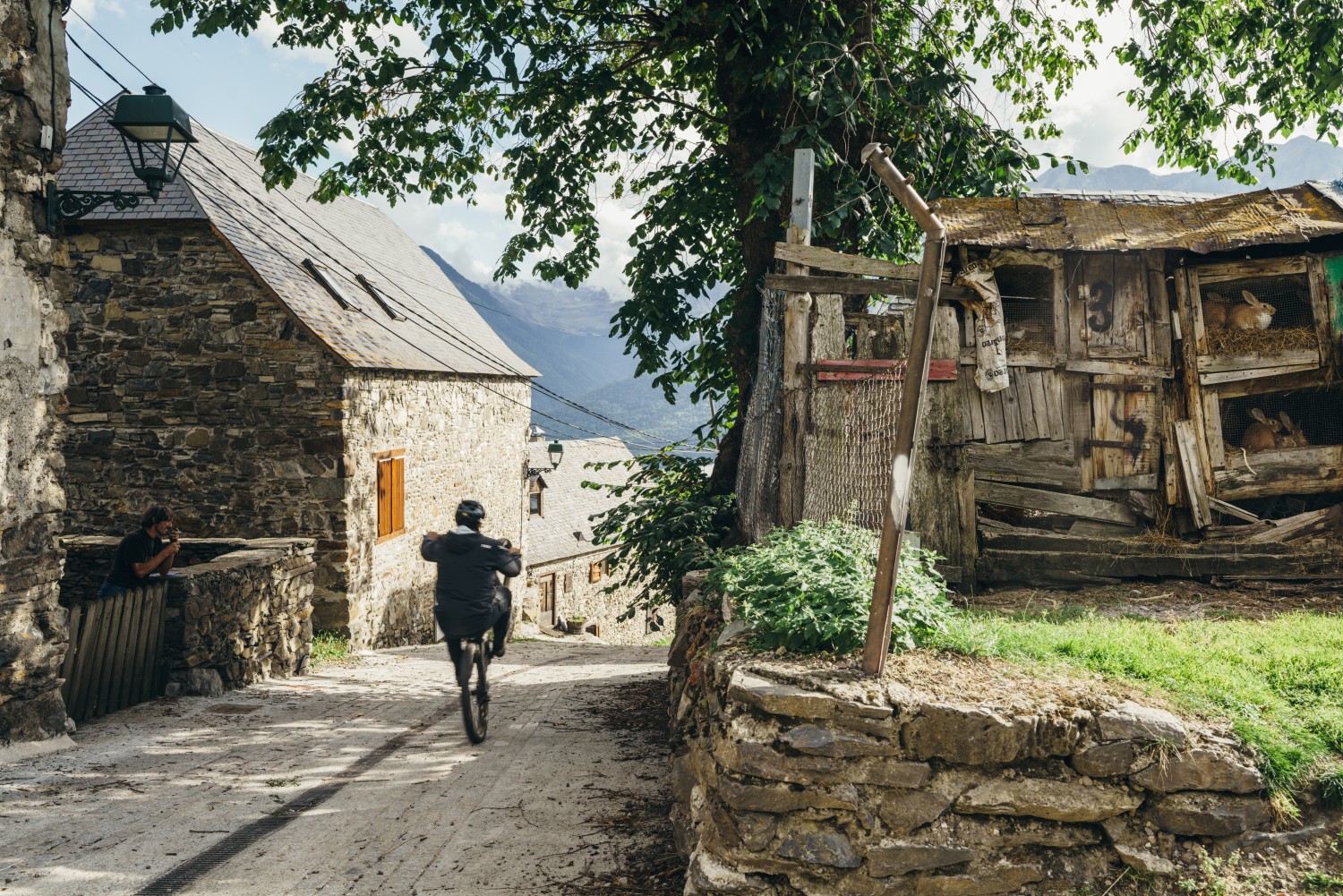
In preparation for our final day, we drive over the Bonaigua pass and down through the Gerdar Forest, one of the largest uninterrupted fir forests in Europe. After a well-deserved lounge in the spa of the Trainera hotel, and a couple of beers over dinner, we wake up slowly the following morning. Thankfully, the ride starts gently, winding over 18th century bridges and past churches with Roman-carved plaques on the walls, along river banks where fly fisherman are trying their luck, and finally, into the village of Escart, where we fill up our water bottles from the spring and start the long climb into the mountains.
For the second half of the ride, we’ll be on our own, as Cesc needs to turn back and drive the van to our finishing point. The plan he sets out sounds simple enough—we’ll ride up a long, forested valley, then pick up a trail that runs around the mountain before dropping down to the historic village of Llessui. There, we’ll meet him for lunch in Restaurant Lo Pigal Casa Kiko. We climb in good spirits, passing a herd of horses so muscular it looks like they’ve been working out. Assisted by the motors, which have been quietly humming away, our legs haven’t had to do as much heavy lifting as the horses’.

We’ve had the bikes set to eco mode to conserve battery, but still after a few hours, we notice we’re getting dangerously low on juice. At this point we realise we’re not entirely sure of where to go. After some searching we eventually find it, but by the time we start descending, we have barely a single bar of battery left. Thankfully, from there on it’s all downhill, and we finally arrive in front of the restaurant at 4PM. By this time, motors or not, we are genuinely knackered.
“No meal tastes better than the food eaten after an adventure”
No meal tastes better than the food eaten after an adventure. We’re treated to a bountiful spread of local cured sausage, cheese, steak, and canelones, with a cheesecake to top it all off. It’s Ricky’s sixth of the week—he’s ordered cheesecake for every meal so far—and whether it’s the taste, his tiredness, or a combination of the two, he declares this one to be the best. It’s certainly a great way to round off the trip—like the cheesecake it’s been all too short, but still sweet. We have no batteries left either in bike or man, but as we head back to our unlikely starting point in Barcelona with bellies stuffed, our heads are equally full of dreams of returning to explore this amazing region.
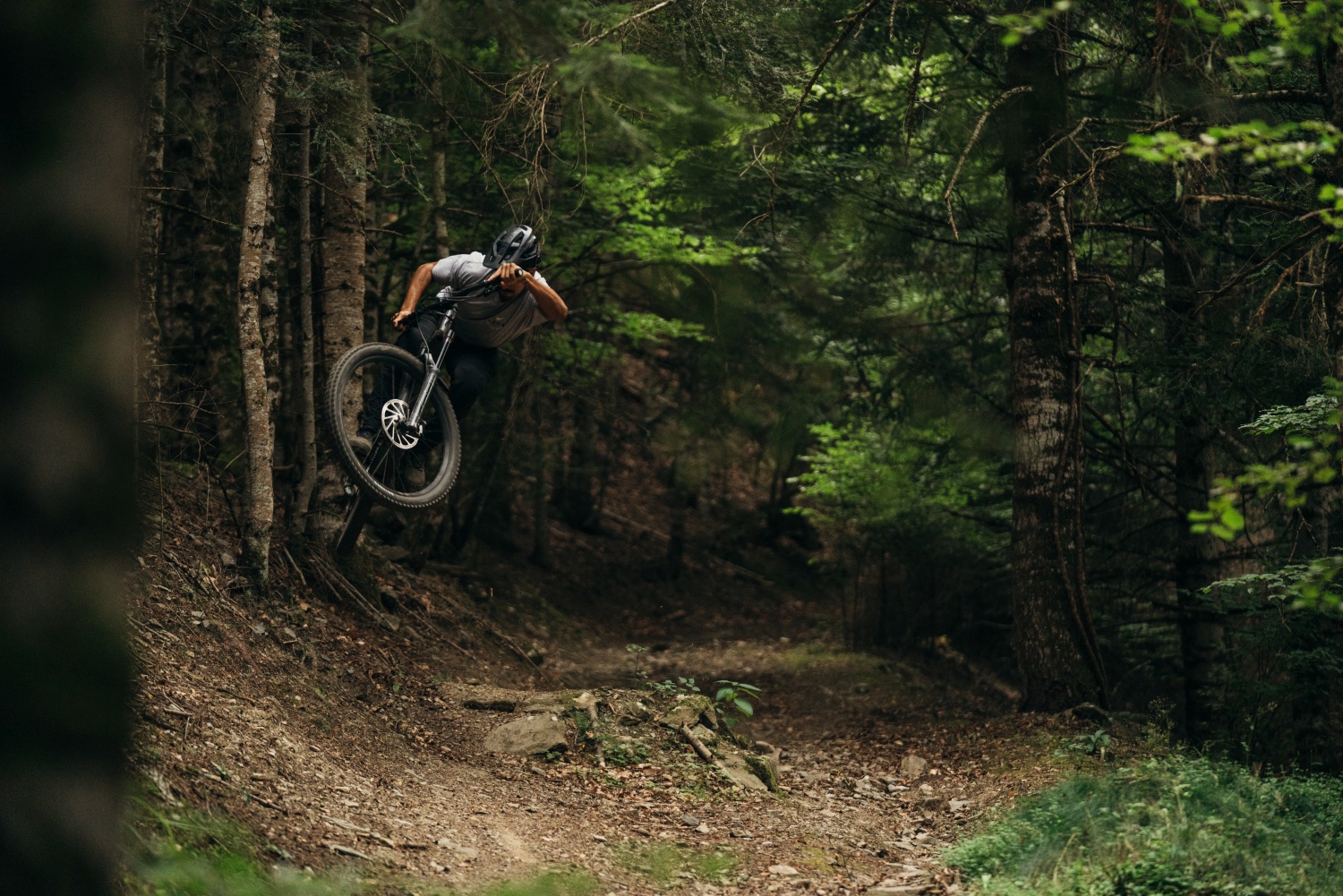
Know How
Our trip
Callum and Ricky’s trip was supported by Pirineus Catalunya and the Catalan Tourist Board.
Getting there
Multiple airlines, including easyJet, Vueling and Ryanair, fly from UK airports direct to Barcelona. Alternatively, you can easily travel from London to Barcelona by highspeed train in a day, with just a single change in Paris. It’ll make taking your bike cheaper too.
Guides & getting around
Callum and Ricky were hosted by Cesc Comas of Exciting Events. Based in the Val d’Aran, they specialise in active, adventure holidays—from snowmobiling, skiing and dog mushing in winter, to hiking, horse riding and, of course, mountain biking in summer.
Where to stay
Callum and Ricky stayed at the Hotel Penha, a 4-star hotel just outside the picturesque village of Arrós, before transferring to the Trainera Hotel, a series of upmarket apartments with a spa, in Esterri d’Àneu, near Baqueira.

